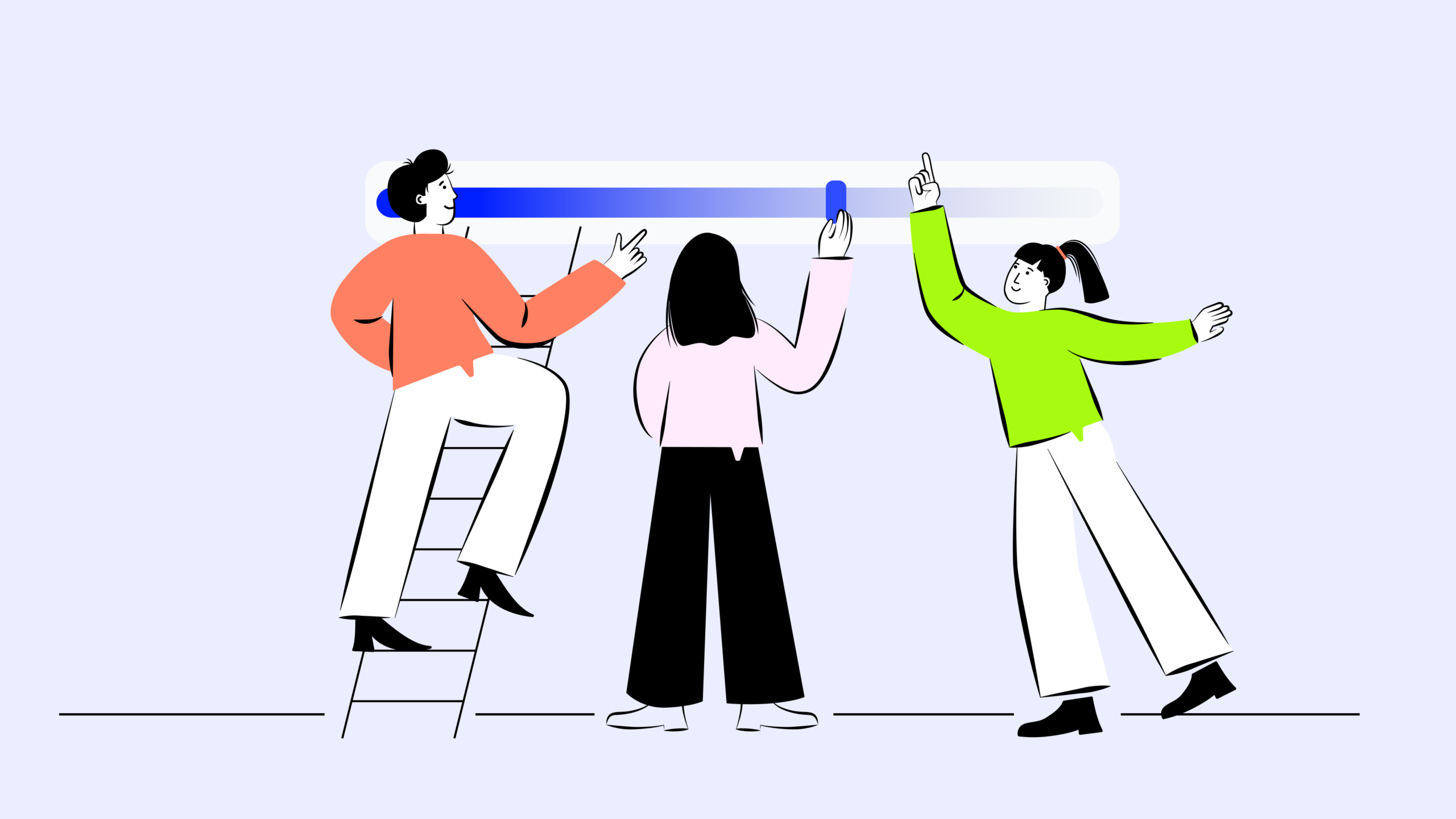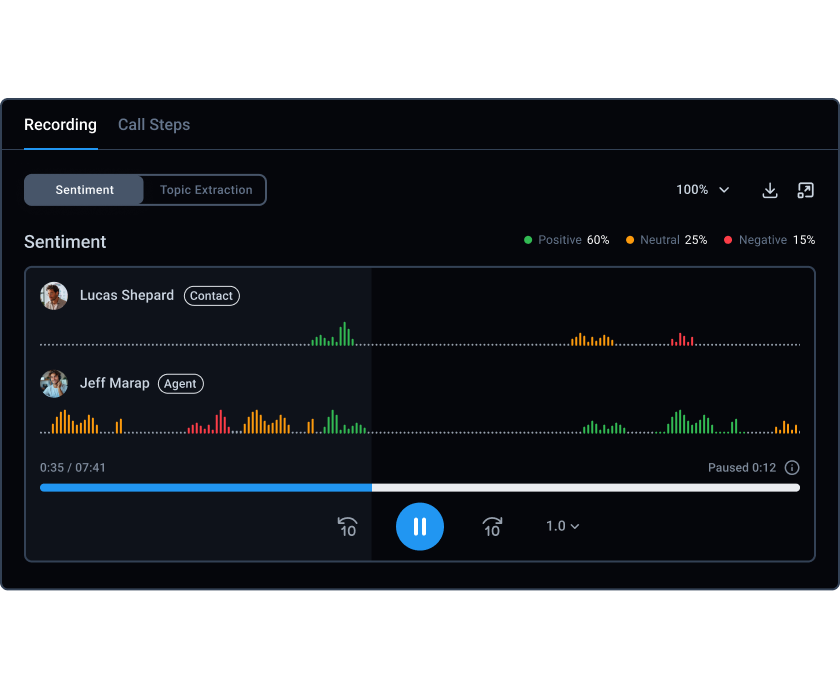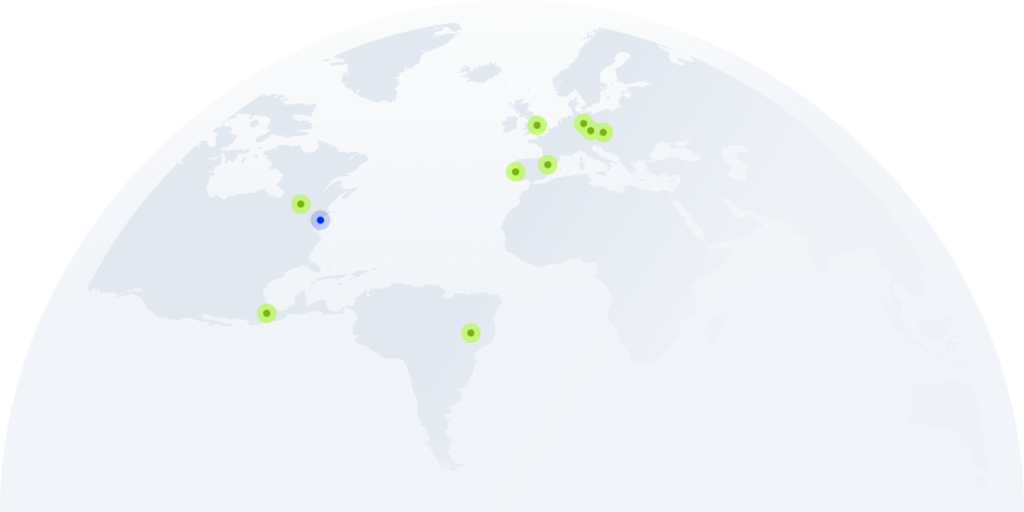What Is PABX & How Does It Differ From PBX?

The hosted PBX market is expected to grow to $22.7 billion by 2030. Part of the reason for that impressive growth is the rapid development in PBX technology in recent times.
A key part of that is the transition from PBX to PABX. Not sure what PABX is or how it differs from PBX? Read on to find out, and explore how to choose the best solution for your needs.
Key takeaways:
- PABX stands for Private Automatic Branch Exchange. It’s a private telephone network that enables smooth internal and external communication.
- Historically, PABX differed from PBX because it ran an automated switchboard. Today, all new systems are likely to be PABX, and the phrases are often used interchangeably.
- PABX phones come with many useful features, including three-way calling, Interactive Voice Response (IVR), and call recording.
- CloudTalk offers a cost-effective cloud-based PBX solution, filled with advanced features.
What Is PABX?
Private Automatic Branch Exchange (PABX) is an automated private telephone network and switchboard capable of connecting multiple devices.
This technology ensures smooth internal communication and facilitates connection to the public phone network. PABX is an essential tool in every large modern business.
These systems can handle high volumes of callers, so they are very useful to customer service departments and other business areas that receive lots of inbound calls.
The best PABX telephone systems utilize Voice over Internet Protocol (VoIP) technology. This enables businesses to get rid of physical hardware, meaning they can save money and scale their PABX solutions more easily when needed.
PABX System vs. PBX: How Do They Compare?
A PABX sounds a lot like a PBX. So, what precisely is the difference?
As we mentioned, the “A” in PABX stands for “automatic”, and this was where the two systems once diverged.
Traditional PBX systems relied on manual operators working with switchboards to direct and manage calls. As technology developed, the process became automated, so no human operators were needed. The more developed solutions, therefore, became known as “PABX”.
Here’s a quick timeline to help you understand the evolution of PBX systems:
1. Early PBX
The story begins in the 1960s. Businesses were tired of relying on telephone operators to power all communication.
The arrival of PBX allowed businesses to communicate internally without using an external phone line. These early systems relied on manual switchboard operators to direct callers.
2. The next stage of PBX
Over the next few decades, the technology advanced considerably. Manual switchboards were replaced by electronic switching.
Organizations could now add new ports and grow their networks, getting a much more scalable solution. Previously, when changes were needed, businesses had to invest in entirely new systems.
3. Modern PBX
As VoIP technology arrived, PBX systems gained newer and more powerful capabilities. Businesses could now make a call anywhere in the world without using a landline, provided that the recipient has an internet connection.
Alongside these advancements, PBX systems had universally adopted automated call forwarding. So, if you ever see the term PBX, it really means PABX. All modern PBX is automated!
Ultimate Guide to Private Branch Exchanges

How Does a PABX Work?
Modern PABX is powered by VoIP and Session Initiation Protocol (SIP) technologies. These protocols send instructions to the public phone network, enabling calls to be routed digitally to the appropriate lines.
When a business runs a PABX system, it essentially operates a mini, private telephone exchange. Some businesses maintain hardware as part of the system. Alongside physical telephones, modems, hubs, fax machines, and other devices are sometimes used.
This approach, however, is increasingly viewed as outdated. PABX VoIP technology enables businesses to enjoy the same capabilities without needing the hardware. All operations on a digital PABX system can be run via software and the cloud.
Benefits of PABX Over Manual PBX
There are many reasons why manual PBX has been consigned to the history books. Below, we’ve listed some of the top benefits of PABX when compared to manual PBX:
- Less expensive – You don’t need to purchase and maintain physical hardware.
- Not as labor intensive – Doesn’t require a team of staff to oversee the switchboard.
- Rich on advanced features – This includes three-way calling, call forwarding, advanced voicemail capabilities, and more.
- Easily scalable – You don’t need to install new hardware or lines if you want to increase call handling capacity.
Key Features of a Modern Business PABX
After everything we’ve told you, you may now be looking to modernize your phone system and investing in business PABX. If so, here are some must-have features to look for:
Advanced Call Management Options
All modern PABX systems should come with a variety of call management options. Make sure your chosen solution comes with:
- The ability to easily carry out call transfers.
- Extensive call routing alternatives, including skill-based routing so that callers connect with the right person quickly.
- The option to put a caller on hold.
Interactive Voice Response (IVR)
When a caller reaches a PABX that utilizes IVR technology, they’re met by a pre-recorded message. The message prompts the caller to enter a numerical value on their keypads or give a voice command and specify which person/department they want to reach.
IVR is used most effectively in customer support. It takes some pressure off your agents’ shoulders by ensuring callers reach the right people, and limiting the number of call transfers necessary. It also ensures that customers can get the information they need quickly. This improves overall efficiency and helps to boost customer satisfaction.
3-Way Calling
Three-way calling enables you to host calls between three people at the same time. This is helpful for collaborating with colleagues on a project or introducing a supervisor to a conversation between an agent and a customer.
Ensure your solution provides the same security for three-way calls as it would for a normal call. Look for advanced encryption features.
Call Recording
Call recording provides audio logs of calls. This is a useful feature for a variety of reasons. Firstly, call recordings can be valuable for training purposes. New customer support agents can listen to old recordings and hear examples of what should and shouldn’t be done.

Recording can also be useful for staff who are unable to attend meetings. For instance, teammates based in different time zones can obtain information they would otherwise have missed.
Lastly, recordings can be a valuable source of customer data. Calls with customers can be analyzed, providing a better sense of how they view your brand.
CloudTalk includes a number of AI-powered features that can work alongside recordings to further aid this kind of analysis.
For instance, Call Transcription can generate accurate written records of any call and Topics Extraction can identify key subjects and talking points within them. Talk/Listen Ratio, meanwhile, gives you a quick rundown of the dynamics of a call and Sentiment Analysis tells you how your customers or leads are feeling.
A VoIP-Based Calling Solution is a PABX & Much More
There are many PABX solutions out there, and they don’t all offer the same things to your business.
The best VoIP solution will deliver all the must-have features we mentioned above and more. It will automate workflows and provide managers with analytics to optimize performance and increase efficiency.
CloudTalk is a holistic solution providing the best VoIP-based PABX services and more. But don’t take our word for it, why not learn more about what CloudTalk has to offer or get a personalized demo?
FAQ
How Much Does a PABX System Cost?
The cost of a PABX phone system will depend on your chosen provider. CloudTalk provides a cost-effective solution that offers much more than a simple PABX, with prices ranging from €25 to €50 per user, per month. You can also access a free trial before committing to any payment.
How Do You Set Up a PABX?
The setup process will vary depending on your chosen solution. CloudTalk’s platform is very quick and easy to implement, with no need for complex installations or special hardware and servers.
Can You Integrate a PABX With Other Business Tools?
A VoIP-based solution like CloudTalk has lots of native integrations. We provide powerful and easy one-click integrations with CRM, e-commerce, and helpdesk tools.
















